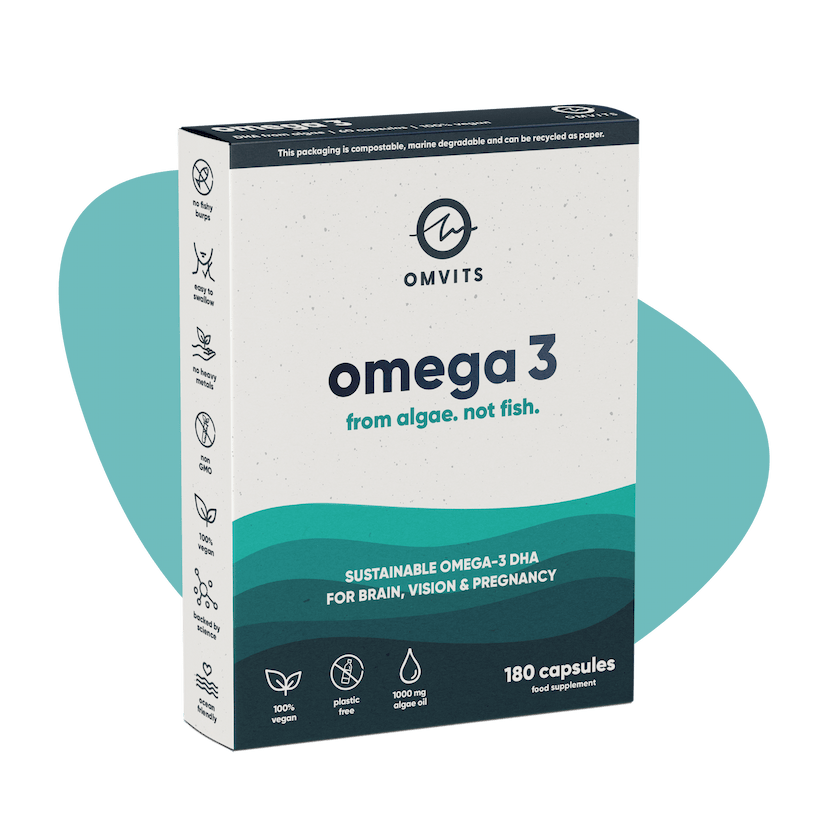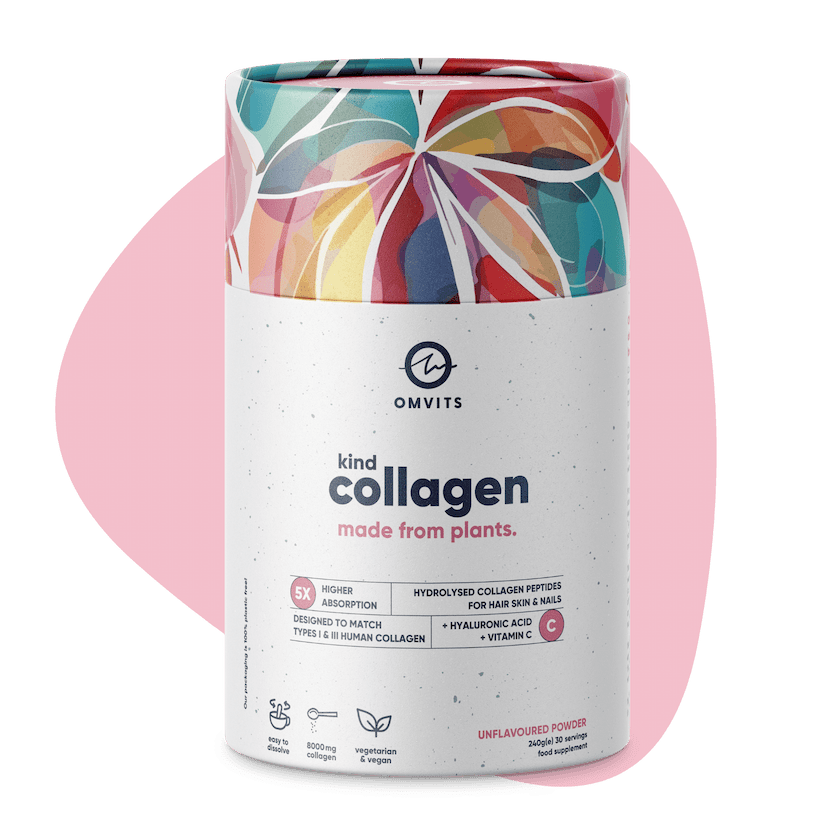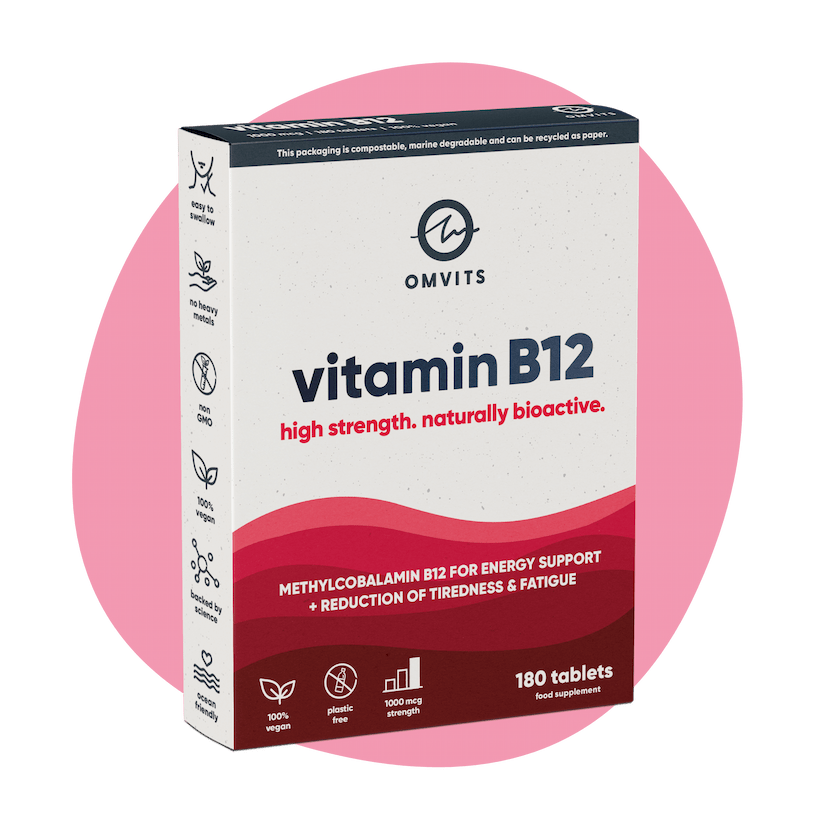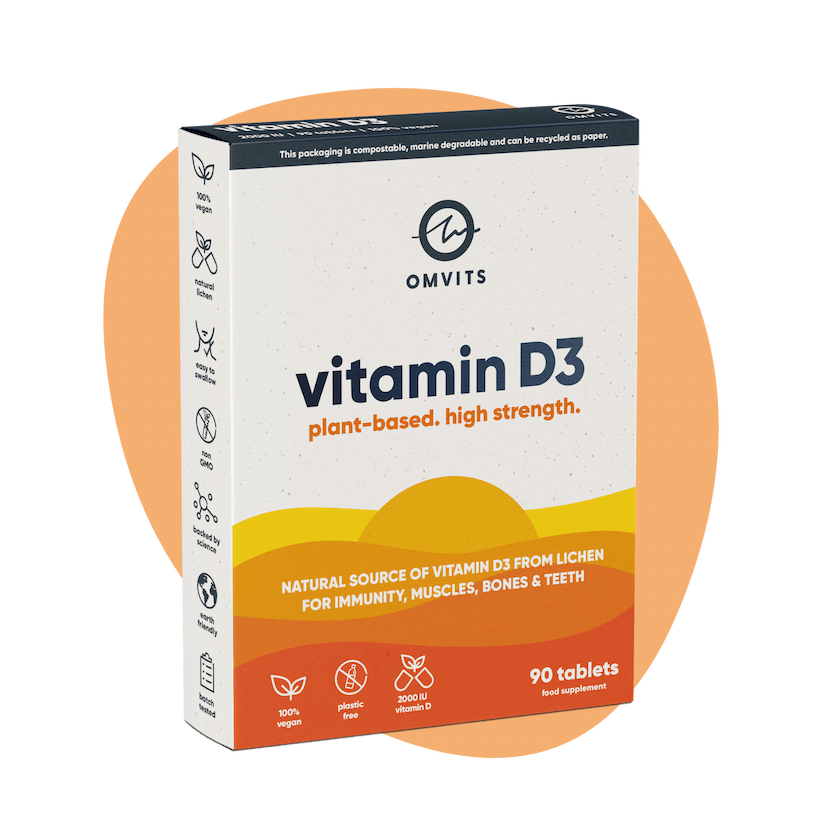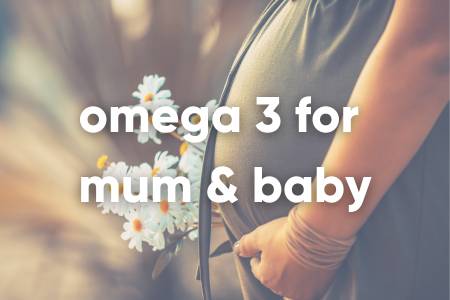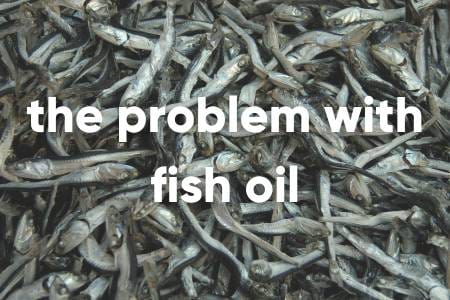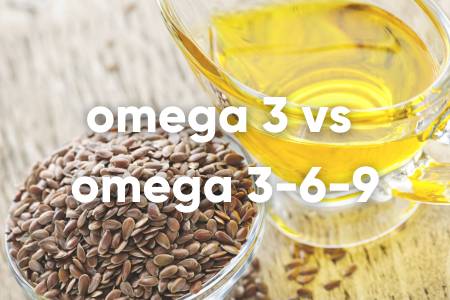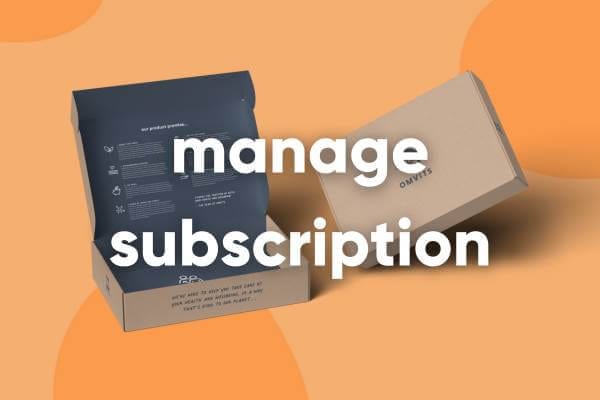FREE UK Delivery £25+
FREE UK Delivery £25+
Blog
about us
account
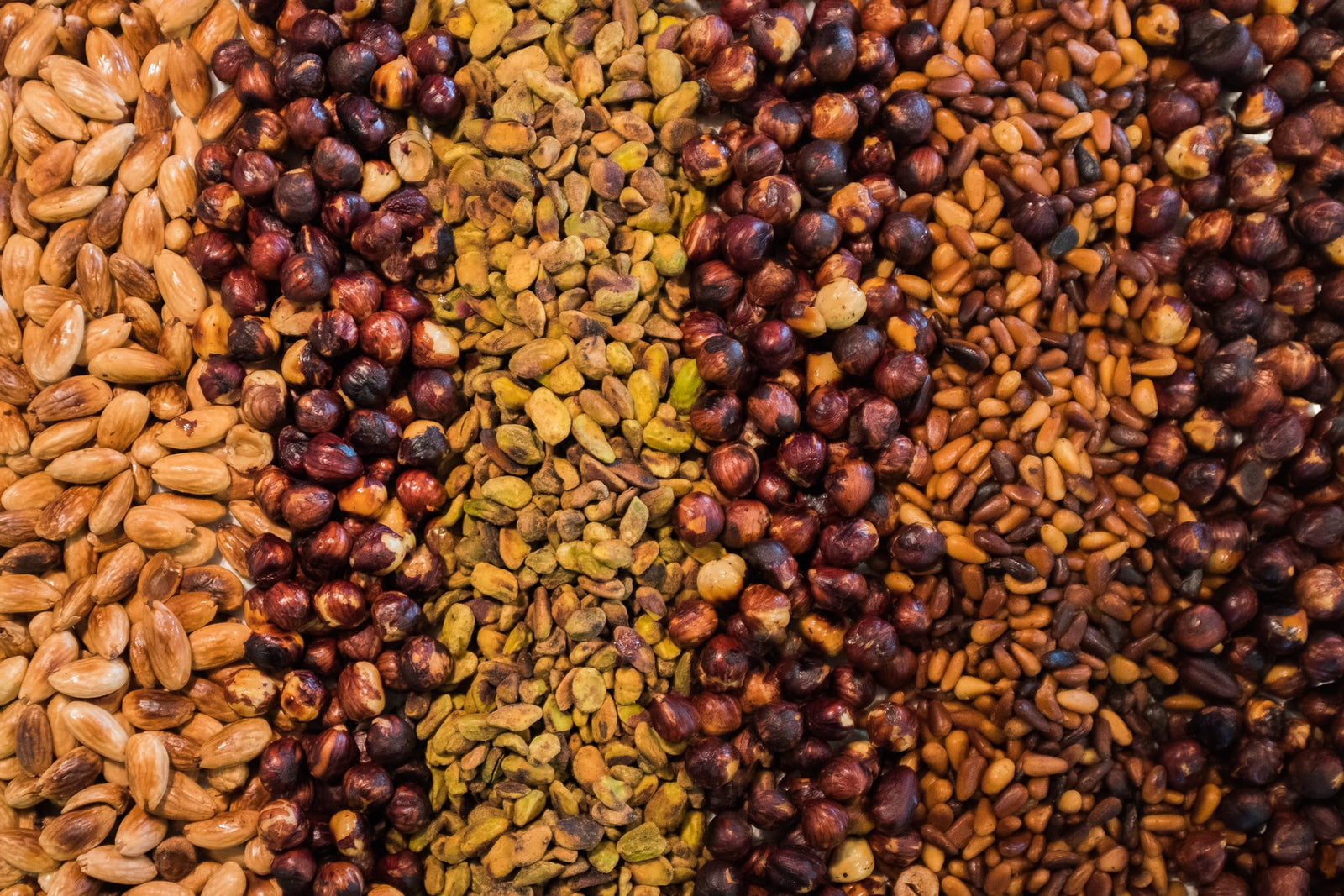
The Hidden Facts about Omega-3 ALA vs DHA
December 11, 2019 2 min read
For years, vegans and vegetarians have been told to get their omega-3 fats from seeds and nuts.

https://unsplash.com/photos/fZ7-IAReeSo
Unfortunately, seeds and nuts only provide one type of omega-3 fatty acid: Alpha-linolenic acid (or ALA) These fatty acids are much (much) less useful than the DHA and EPA fatty acids that come from algae.
In fact, studies show that ALA fatty acids have to be converted into EPA or DHA before your body can use them. And that’s a big problem, because experts estimate that just 5-20% of dietary ALA ends up being successfully turned into longer EPA chains (1, 2) and it’s even more bleak when we consider ALA to DHA conversion.
One study, conducted in 2002, found that just 0.5-4% of ALA could be successfully turned into DHA fatty acids (3), which means that people who prioritise ALA Omega-3s are highly unlikely to be getting enough DHA fatty acids to support good health.
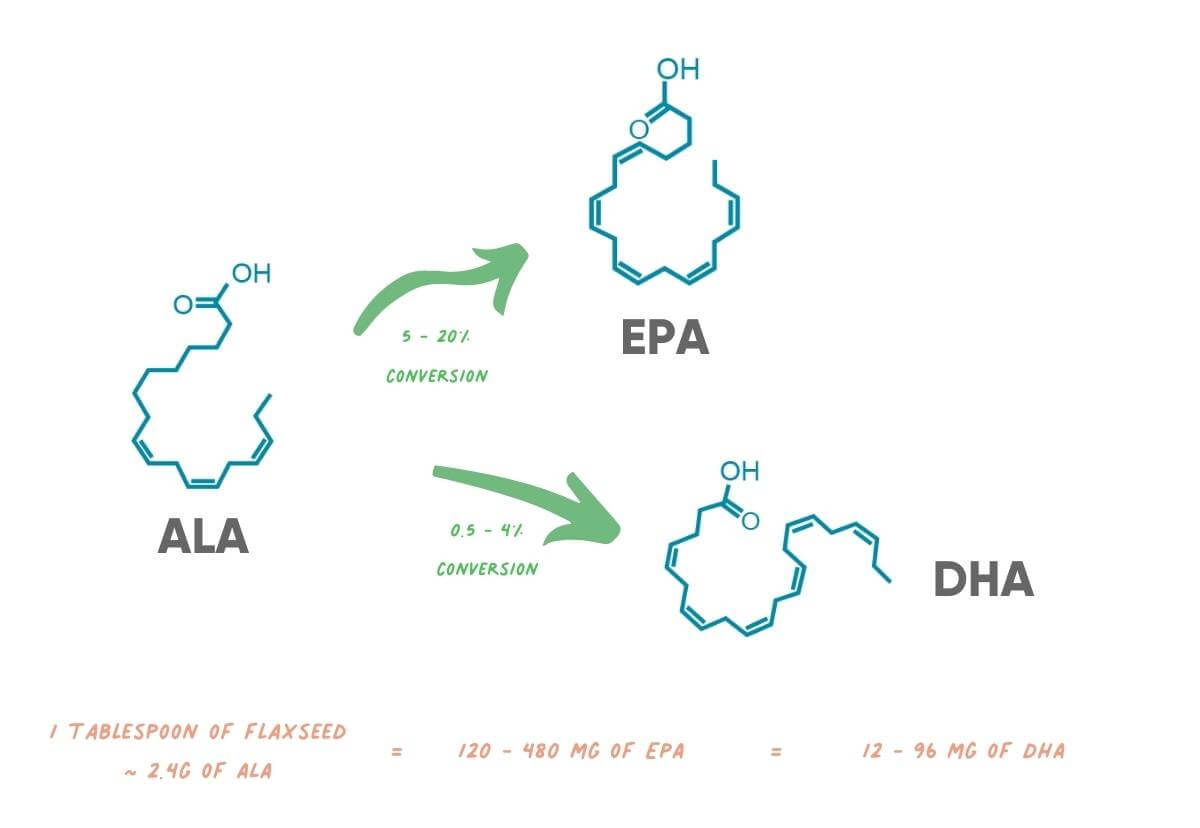
Taking the example above, we can see that a tablespoon of flaxseed contains a total of 2.4 grams of Omega-3 ALA, which sounds like a lot until you consider the conversion rate. Those 2.4 grams of ALA will get converted to 120 - 480 mg of EPA and between 12 - 96 mg of DHA.
This means that if you rely on nuts and seeds for your Omega-3, you may not be getting as much as you think. You should be able to manage getting enough EPA, but you're highly unlikely to be getting enough DHA.
It’s also important to note that the ALA found in seeds, beans and nuts is often bound up with insoluble dietary fibre, which means that it’s very difficult for your body to digest.
SUMMARY: ALA is the most common plant-based Omega-3 and is what is usually recommended for those who don't want to eat fish. However it's a poor source of Omega-3, as the body needs to convert it into DHA and EPA before it’s actually used. The conversion process is very inefficient in humans, so only 0.5 - 4% actually gets converted into DHA. This means that if you rely on nuts and seeds for Omega-3, you're not getting anywhere near as much as you might think.
References
Leave a comment
Comments will be approved before showing up.
Also in The Omvits Blog

The Power of Running: How a 200 Mile Run to Wales Became a Meaningful Journey for a Great Cause
May 03, 2023 3 min read
We interviewed Andrew Thomas, who was preparing for a 200-mile marathon from London to Wales to raise funds for Maggie's Cancer. Read the article to know more about his adventure!
Subscribe
Sign up to get the latest on sales, new releases and more …
Recent Articles
-
The Power of Running: How a 200 Mile Run to Wales Became a Meaningful Journey for a Great Cause
May 03, 2023
-
Sneaky Ingredients To Watch Out For If You're Vegan
January 11, 2022
-
How To Do Veganuary If You’re On A Super Tight Budget
January 11, 2022
-
How To Satisfy Meat & Fish Cravings During Veganuary
January 11, 2022
-
Common Pitfalls Of Veganuary And How To Avoid Them
January 11, 2022
-
Simple Nutrition Advice For Veganuary And Beyond
January 11, 2022
-
Best Vegan Meat Alternatives To Try This Veganuary
January 11, 2022
-
5 Ocean Friendly Clothing Brands To Check Out This Month
June 21, 2021
-
12 Incredible Ocean Conservationists To Support This June
June 16, 2021
-
How To Do Something For World Ocean Day If You Can't Get To A Beach
June 08, 2021

